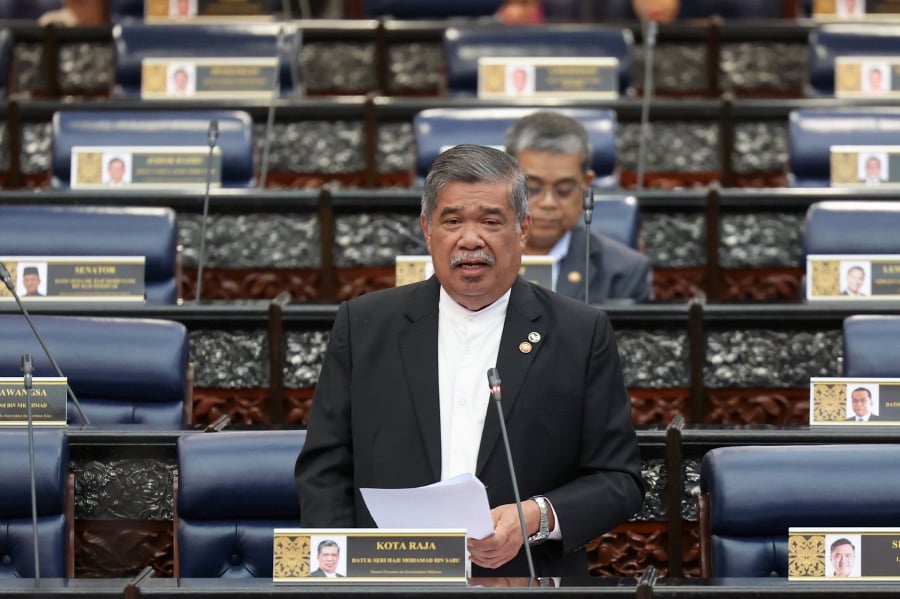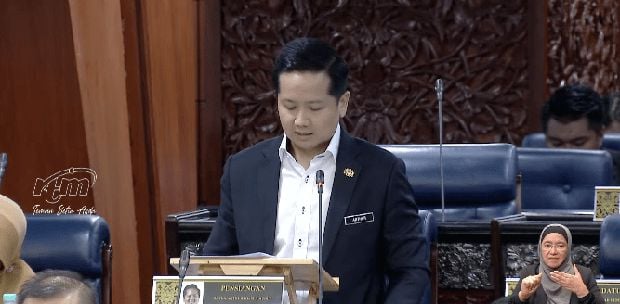KUALA LUMPUR: The Large-Scale Smart Padi Field (Smart SBB) programme to date has seen the participation of 5,000 rice farmers, involving 11,000ha of land nationwide, the Dewan Rakyat was told today.
Agriculture and Food Security Minister Datuk Seri Mohamad Sabu said the programme, which was introduced in February 2021, has set a target of producing an average of seven metric tonnes of padi per hectare, involving 150,000ha of land.
"If we can produce six metric tonnes per hectare, we can meet the country's self-sufficiency level (SSL) for rice at 75 per cent by 2025 and 80 per cent by 2030.
"Right now, we have yet to meet the SSL. However, I am confident that we can meet the target in a few years'' time," he said in reply to a question posed by Datuk Seri Tuan Ibrahim Tuan Man (PN-Kubang Kerian).
Tuan Ibrahim had asked about the latest status of the Smart SSB programme that was implemented previously.
Mohamad said with the encouraging participation of the rice farmers and the increase in the yield obtained by up to 180 per cent, this clearly shows that the implementation of the programme was on the right track and able to achieve all the outlined targets.
Smart SBB is implemented through a public-private partnership to boost padi production and increase farmers' revenue, with the costs to be borne by industry players.
Among others, it would help ensure a more systematic structure for industry players, minimising and eliminating the involvement of middlemen believed to have caused a huge earning gap, as well as improving the production and distribution of rice in the country.





